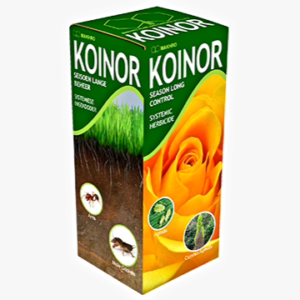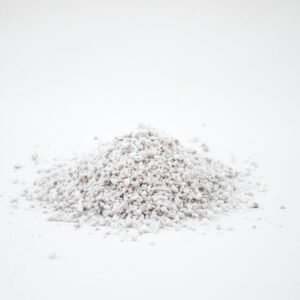 Taking care of a bonsai tree requires dedication and knowledge of several essential practices, including watering, trimming, repotting, feeding, and more. Below is a comprehensive guide that delves deeper into each aspect of bonsai care, providing valuable insights to help you nurture your miniature masterpiece.
Taking care of a bonsai tree requires dedication and knowledge of several essential practices, including watering, trimming, repotting, feeding, and more. Below is a comprehensive guide that delves deeper into each aspect of bonsai care, providing valuable insights to help you nurture your miniature masterpiece.
1. Watering
- Signs of Underwatering: If your bonsai's leaves appear dry, crispy, or yellow, or if the soil feels hard and dry to the touch, these are clear indicators of underwatering. Regularly check the soil moisture level.
- Signs of Overwatering: Conversely, overwatering can lead to yellowing leaves that drop off, and the roots may begin to rot. The soil will often be soggy and may emit a musty smell.
- Best Practices: Utilise rainwater or distilled water whenever possible, as municipal tap water can contain chemicals like chlorine and fluoride that may be harmful to certain species. Water your bonsai thoroughly until water drains from the bottom of the pot, but allow it to dry slightly between watering sessions.
2. Trimming
- Types of Trimming:
- Maintenance Pruning: This involves regularly trimming away new shoots and leaves, promoting a balanced shape and encouraging denser foliage.
- Structural Pruning: This is more intensive and focuses on removing larger branches to help define the overall shape of the tree. It's crucial to approach this carefully and not remove more than 30% of the foliage at once.
- Tools: Invest in quality tools such as sharp bonsai shears, scissors, or concave cutters. Always sterilise your tools with alcohol to prevent the transmission of diseases.
3. Repotting
- Soil Type: A well-draining bonsai soil mix is crucial for root health. Consider a blend of akadama, pumice, and lava rock, which retains moisture while allowing excess water to escape.
- Root Pruning: During repotting, prune the roots to stimulate new growth and prevent the tree from becoming root-bound. Cut away any dead or damaged roots to promote a healthier root system.
- Aftercare: Post-repotting, keep your bonsai in a shaded area for several weeks to minimise stress and allow it to acclimatise to its new environment.
4. Feeding
- Types of Fertilisers:
- Liquid Fertiliser: These are absorbed quickly, making them ideal for regular feeding, especially during the growing season.
- Granular Fertiliser: These slow-release options are beneficial for providing nutrients over a longer period, reducing the frequency of applications.
- Organic Options: Incorporate organic fertilisers such as fish emulsion or compost, which not only enrich the soil but also improve soil structure and beneficial microbial activity.
5. Light and Temperature
- Indoor vs. Outdoor: Most bonsai species prefer outdoor conditions, where they can benefit from natural light and fresh air. Some tropical varieties can thrive indoors; however, it's essential to understand the specific needs of your bonsai species.
- Seasonal Care: Protect outdoor bonsai from frost during the winter months. If temperatures drop significantly, consider moving them indoors or providing insulation.
6. Pest and Disease Control
- Common Pests: Regularly inspect your bonsai for pests such as aphids, spider mites, scale insects, and mealybugs. If detected, treatment options include insecticidal soap or neem oil, which are effective and less harmful to the environment.
- Fungal Issues: Ensure your bonsai has good air circulation and avoid overwatering to prevent mould and mildew. In case of fungal infections, fungicides can be utilised as a treatment option.
7. Additional Care
- Wiring Techniques: Gently wire branches to shape them, being cautious not to wrap the wire too tightly, as this can damage the bark. Remember to remove the wire as the branches grow to avoid scarring.
- Humidity Trays: To maintain humidity, especially in dry indoor conditions, place a tray filled with water and pebbles beneath your bonsai pot. This creates a microclimate that benefits the tree.
- Seasonal Adjustments: Tailor your care routine according to the seasons. For instance, reduce watering and feeding during winter when growth naturally slows.
8. Learning and Community
- Resources: Joining a bonsai club, Facebook Bonsai Group or an online community can provide support, share tips, and foster connections with fellow bonsai enthusiasts.
- Books and Workshops: Invest in quality bonsai care books or participate in hands-on workshops to enhance your skills and understanding of bonsai techniques.
By combining these detailed practices and insights, you can cultivate a healthy and vibrant bonsai tree that flowers.







